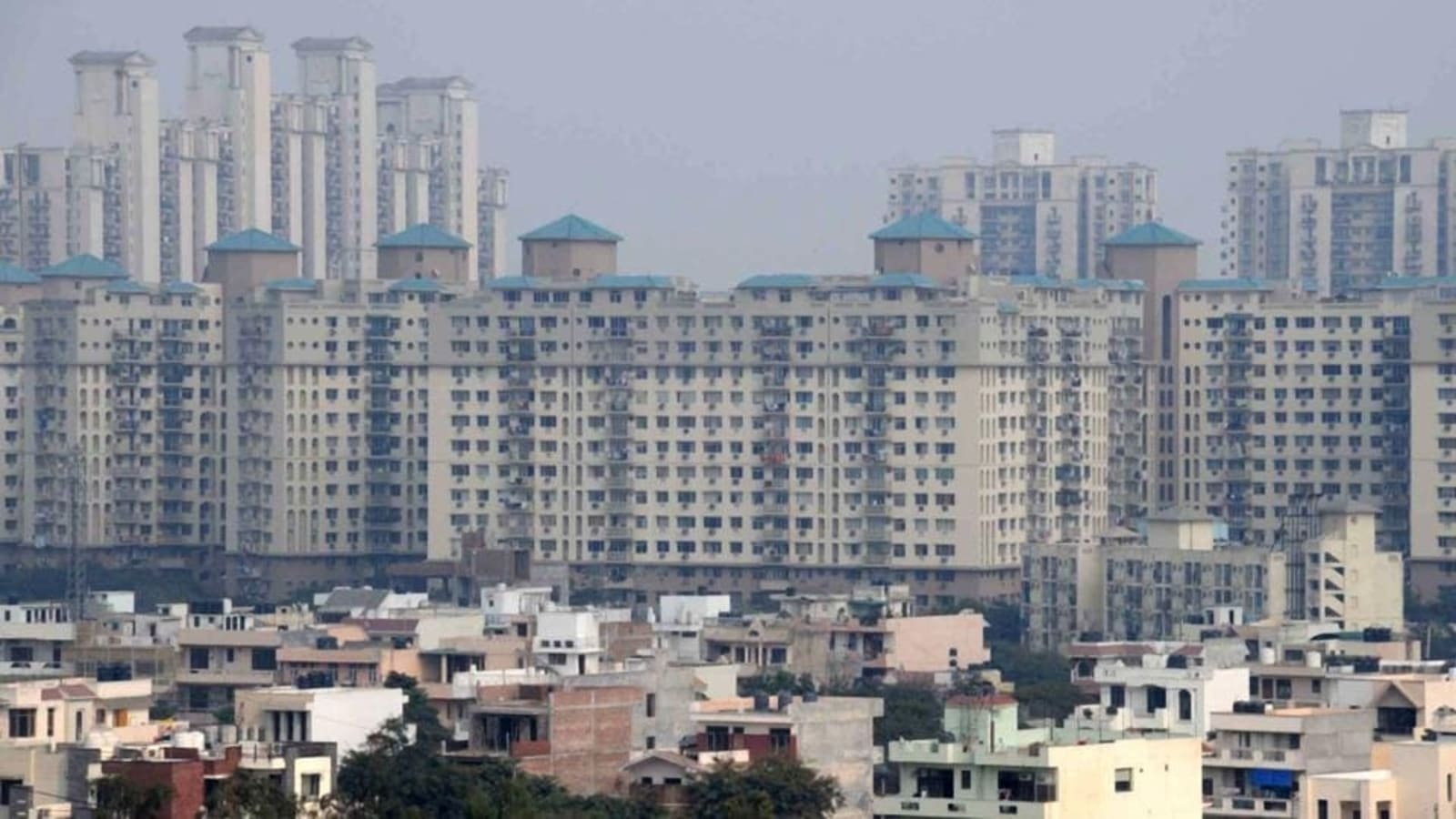Sizing the Indian real estate investment opportunity for institutional investors, 2022

Sizing the Indian real estate investment opportunity for institutional investors, 2022
The globe is slowly emerging from what has been an unparalleled health disaster in the shape of Covid-19 after two difficult years.
Despite new and undiscovered variations, mass vaccinations made available by the Indian government on a war footing and increased herd immunity have allayed anxieties to a significant extent. There is a sense of normalcy in the pre-Covid period, with travel and mobility restrictions substantially eased.
The construction industry ranks third among 14 key industries in terms of direct, indirect, and induced impacts on all sectors of the economy, making it a significant element of the economy. After agriculture, the real estate sector creates the second-highest number of jobs in India. Growth in all aspects of real estate, including residential, commercial, and retail, has been fueled by factors such as the rise of nuclear families, growing urbanization, and rising affordability.
However, in recent years, the real estate sector has seen a raft of changes, including demonetization, RERA, and GST, all of which have helped to organize the industry, albeit at high cost and disruption. Following these changes, the IL&FS and NBFC crises in 2018 drained liquidity from the whole industry for the following 1.5 years. All of these reasons contributed to sluggish demand in the business, which was already dealing with trust concerns.
Policy rates were lowered to historic lows as part of a flurry of government attempts to boost consumption and spur GDP. Price stability, along with a fall in house loan interest rates to 15-year lows of 7%, sparked a surge in demand and even drove purchasers on the fence to make a decision on a home purchase. Customers devoured the completed and near-completed goods, assisting in the mobilization of cash flows in a cash-strapped industry.

Consolidation in the business had already begun previous to Covid’s arrival, but it has increased in the last two years. While this prompted some NBFCs/banks to return to real estate lending, it also produced several offshore institutional investors to return to residential real estate after more than a decade away.
In the last year, there have been numerous new partnerships formed in the residential sector, as well as a flurry of cash raised by developers. Two significant organized developers have already received equity money through initial public offerings (IPOs) in the recent year, with a handful more in the works. In the face of pandemic-induced declines in commercial office demand, India’s third REIT was listed in 2021, bolstering overall investor confidence in the industry.
A look at the different asset classifications

- Commercial – The commercial office market has been hit hard by the epidemic, with many businesses obliged to adopt a hybrid format. Many organizations’ expansion plans have been hampered. As a result, it results in substantially lower absorption figures than in 2019. Existing office vacations, on the other hand, have been restricted, and rental revenues have remained strong.
- Retail – Although the retail sector was severely harmed by the COVID-19-induced lockout, absorption in 2021 has increased to 3.2 million square feet, indicating a strong resurgence, and previously granted rent exemptions are progressively being phased out as footfalls return to pre-Covid levels.
- Hospitality – Hospitality, perhaps one of the most impacted industries, continues to face difficulties as a result of unpredictably tightened travel regulations and the continued discretionary nature of corporate travel. Holiday hospitality, on the other hand, has made a big comeback as a result of travel restrictions on places abroad.
- Warehousing – The storage and logistics industry had already benefited from the introduction of GST. However, during the pandemic, this category has helped the most, with work-from-home and social distancing fueling e-commerce demand and driving growth. In 2021, absorption in Tier I cities increased by 35% y-o-y to 35 million square feet, while new supply increased by 63 per cent y-o-y to 36 million square feet.

In CY 2021, private equity investments in Indian real estate totalled USD 6.2 billion, up 57% year on year. With a USD 2.8 billion investment, the commercial office market was the most outstanding winner (45 per cent). In 2021, the retail market accounted for 15% of total PE investments, while the warehousing and residential segments each contributed 20% of total PE investments.
While the bulk of commercial, warehouse and retail real estate investments are made with cash, the majority of residential real estate investments are made using debit/structured debt. In 2022, private equity investment in Indian real estate is estimated to reach $6.9 billion.
Edited by Prakriti Arora




